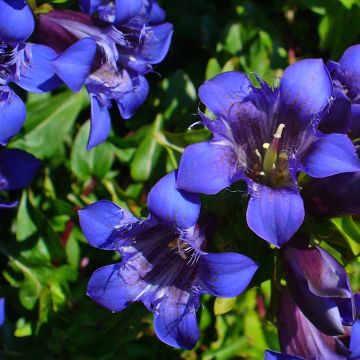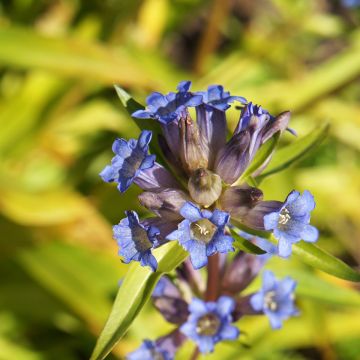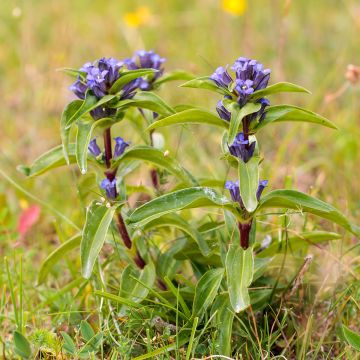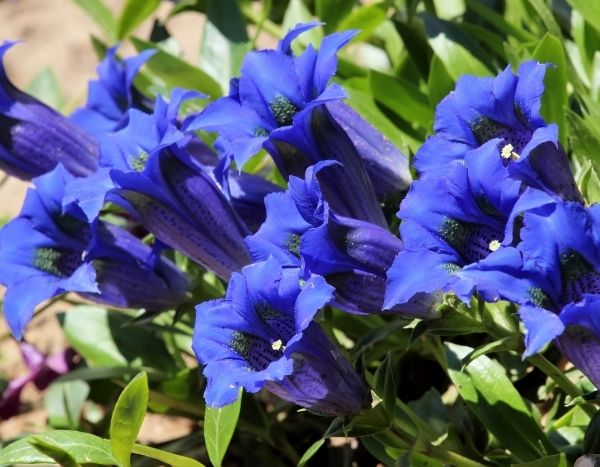

Gentiana acaulis


Gentiana acaulis
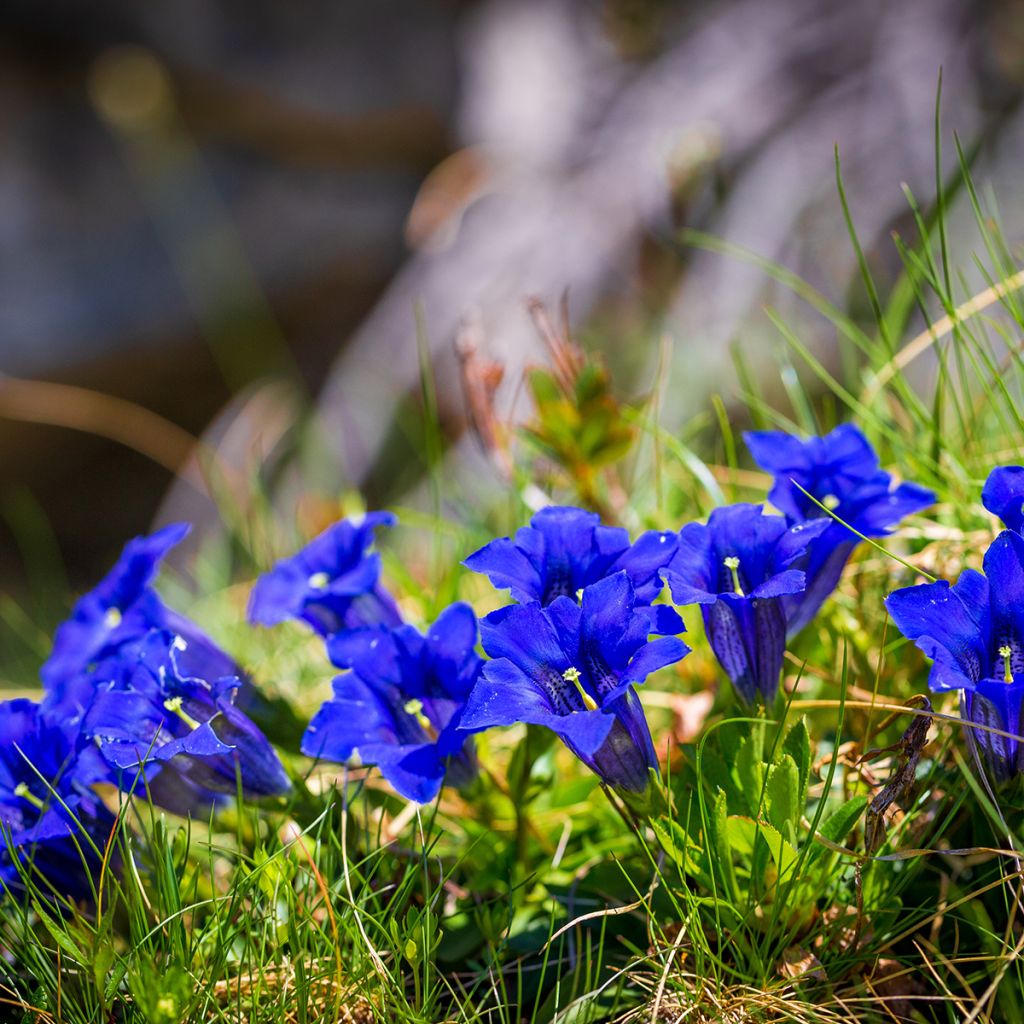

Gentiana acaulis


Gentiana acaulis
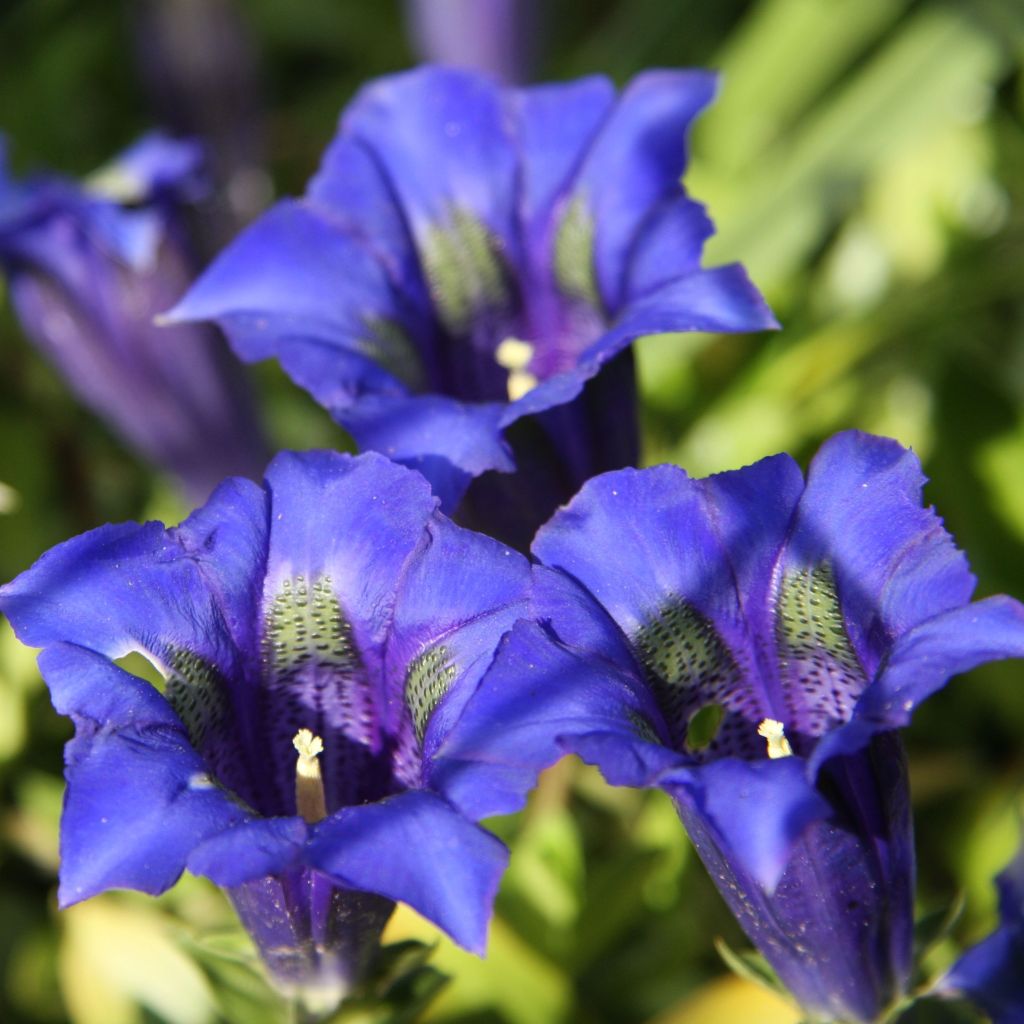

Gentiana acaulis
Gentiana acaulis
Gentiana acaulis
Stemless Gentian, Trumpet Gentian
Package received in good condition. The stemless gentians have resumed and one of them already has flowers (21st April).
yves, 21/04/2022
Special offer!
Receive a €20 voucher for any order over €90 (excluding delivery costs, credit notes, and plastic-free options)!
1- Add your favorite plants to your cart.
2- Once you have reached €90, confirm your order (you can even choose the delivery date!).
3- As soon as your order is shipped, you will receive an email containing your voucher code, valid for 3 months (90 days).
Your voucher is unique and can only be used once, for any order with a minimum value of €20, excluding delivery costs.
Can be combined with other current offers, non-divisible and non-refundable.
Home or relay delivery (depending on size and destination)
Schedule delivery date,
and select date in basket
This plant carries a 12 months recovery warranty
More information
We guarantee the quality of our plants for a full growing cycle, and will replace at our expense any plant that fails to recover under normal climatic and planting conditions.

Would this plant suit my garden?
Set up your Plantfit profile →
Description
The Stemless Gentian is a perennial alpine ground cover plant of small dimensions, with smooth medium green foliage in a basal rosette. In May-June large upright flowers, trumpet-shaped and of a sublime intense blue punctated with green inside the corolla, emerge above the leaves on very short stems. Some experience may be required in order to succeed in cultivating this exceptional perennial Alpine Gentian, as well as a sunny site and a cool climate, and a humus-rich, well-drained soil, retaining moisture. But what a challenge for any gardener to embrace: acclimatising this blue Gentian, emblem of mountain flora! The Stemless Gentian was awarded the Award of Garden Merit by the Royal Horticultural Society in 1993.
Gentiana acaulis or Stemless Gentian, better known as Alpine Gentian, is a botanical species native to European mountains that grows in meadows, pastures, and rocky areas between 800 and 3000 m (2625 and 9842ft) altitude, on slightly acidic to limestone soils. This species belongs to the Gentianaceae family, and is protected in its natural habitat. A low-growing perennial with semi-evergreen foliage, this Stemless Gentian forms a basal rosette of lanceolate, slightly pointed leaves, measuring about 5 cm (2in) long, of a beautiful shiny medium green. Slow-growing, it does not exceed 10 cm (4in) in height with a spread of 15 to 30 cm (6 to 12in). In May-June, large solitary trumpet-shaped flowers, about 5 cm (2in) in size, open on short stems, facing towards the sky, in a very bright deep blue, punctuated with green on the inside. The incomparable Gentian blue seems to reflect the intense azure of the sky in the high peaks.
As an alpine plant par excellence, the blue Gentian is quite difficult to acclimatise in lowland gardens. But the challenge is not insurmountable, and it is definitely worth it! It will be ideally placed in grass, on a wall, in a rockery, on a slope, along borders, or in a trough, in a mountain garden. In lowland gardens it will be reserved for borders, rockeries, slopes, or containers in cold greenhouses. It prefers acidic to limestone rocky spaces, sunny but not too hot, or partially shaded, well-drained, but remaining moist to humid, where it can establish deep roots. Its flowering is quite capricious, it may flower very well one year and not at all the following year. Perseverance, attention, and patience are required, but what a challenge and what joy to succeed in establishing it permanently in the garden! In order to recreate a space dedicated to the mountains, this Gentian can be associated, in a border or rockery, with Crocuses, Snowdrops, Botanical Tulips, Alpine Thistles, Dwarf Conifers, small Daffodils, Carnations, and even an Edelweiss! And who knows, maybe you will have the chance to pick its flowers to make a charming little bouquet!
The term Gentiana refers to Gentius, king of Illyria (present-day Albania) in the 2nd century BC, who, according to Pliny the Elder, discovered the medicinal and healing properties of the root of the Yellow Gentian. The qualifier acaulis, or stemless, is because the flower has little apparent stem, instead resting directly on the leaf rosette.
Gentiana acaulis in pictures


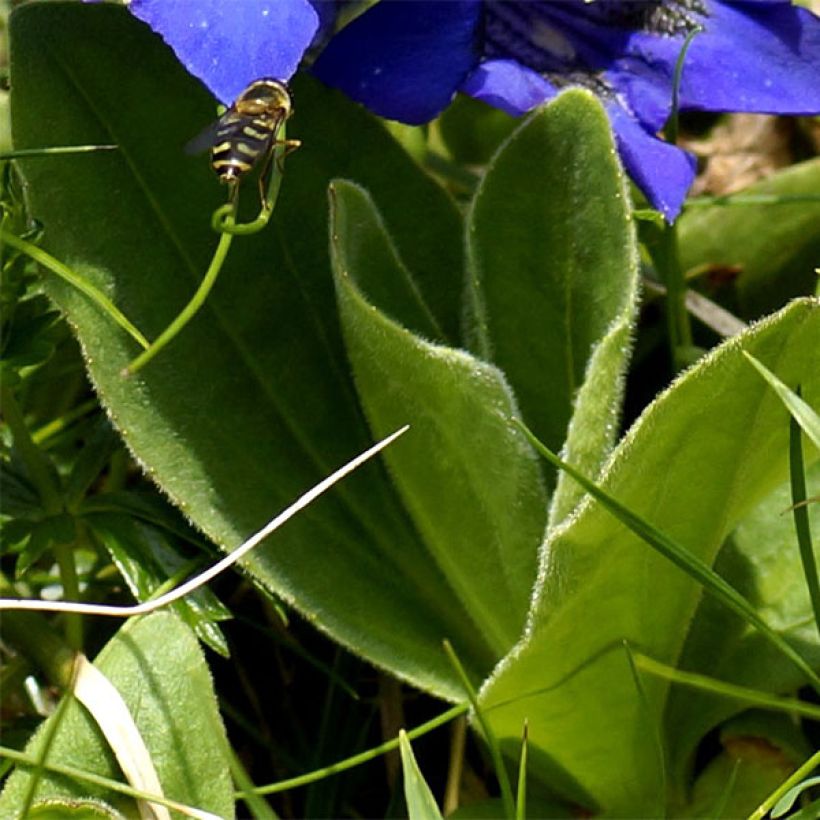

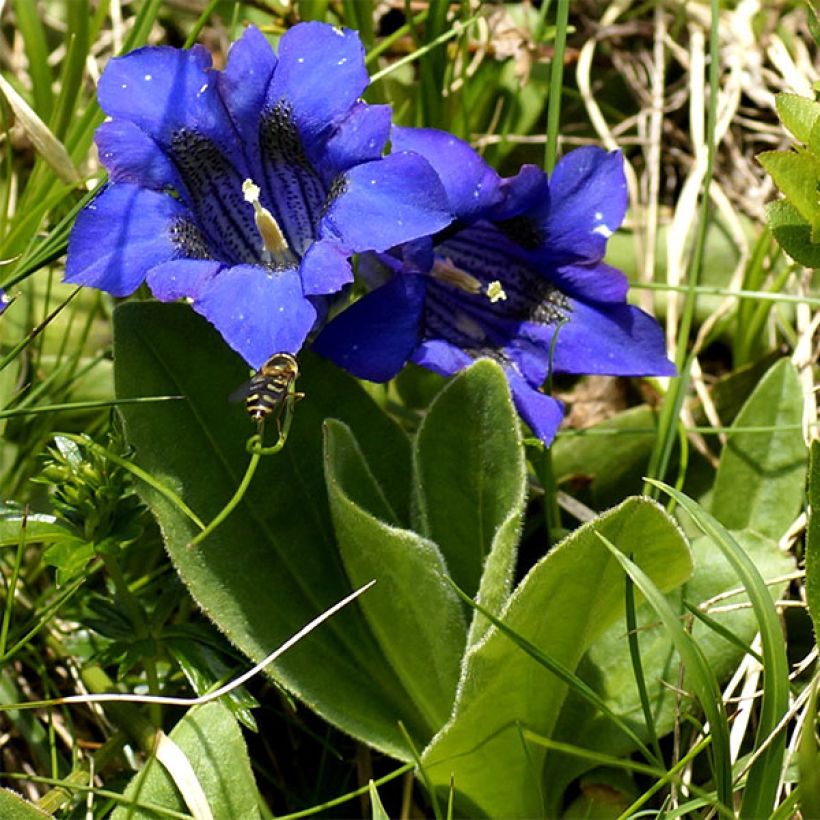

Flowering
Foliage
Plant habit
Botanical data
Gentiana
acaulis
Gentianaceae
Stemless Gentian, Trumpet Gentian
Alps
Other Gentian
View all →Planting and care
A perennial alpine plant accustomed to harsh climates, short and cool summers, and snowmelt providing it with nutrients, in the garden Gentiana acaulis requires conditions that tend to mimic its natural habitat. When planting, between September and March, it should be installed in soil enriched with compost, gravel, and a humus-rich medium such as potting soil. Well-drained soil, moist to wet, is essential. It is also necessary to place a mulch of at least 2 cm (1in) in the form of small stones around its base, in order to keep its collar dry and maintain soil moisture. In spring, a supply of fertiliser in the form of horn or well-rotted manure will be welcome. Its flowers open in the light and close in the evening, so a partially shaded or sunny exposure in the morning will be appreciated. In a cold greenhouse, this large-flowered Gentian should be planted in a pot 10 to 20 cm (4 to 8in), depending on the size of the plant, in a mix of potting soil and gravel. Repot every year.
Planting period
Intended location
Care
Planting & care advice
-
, onOrder confirmed
Reply from on Promesse de fleurs
Similar products
Haven't found what you were looking for?
Hardiness is the lowest winter temperature a plant can endure without suffering serious damage or even dying. However, hardiness is affected by location (a sheltered area, such as a patio), protection (winter cover) and soil type (hardiness is improved by well-drained soil).

Photo Sharing Terms & Conditions
In order to encourage gardeners to interact and share their experiences, Promesse de fleurs offers various media enabling content to be uploaded onto its Site - in particular via the ‘Photo sharing’ module.
The User agrees to refrain from:
- Posting any content that is illegal, prejudicial, insulting, racist, inciteful to hatred, revisionist, contrary to public decency, that infringes on privacy or on the privacy rights of third parties, in particular the publicity rights of persons and goods, intellectual property rights, or the right to privacy.
- Submitting content on behalf of a third party;
- Impersonate the identity of a third party and/or publish any personal information about a third party;
In general, the User undertakes to refrain from any unethical behaviour.
All Content (in particular text, comments, files, images, photos, videos, creative works, etc.), which may be subject to property or intellectual property rights, image or other private rights, shall remain the property of the User, subject to the limited rights granted by the terms of the licence granted by Promesse de fleurs as stated below. Users are at liberty to publish or not to publish such Content on the Site, notably via the ‘Photo Sharing’ facility, and accept that this Content shall be made public and freely accessible, notably on the Internet.
Users further acknowledge, undertake to have ,and guarantee that they hold all necessary rights and permissions to publish such material on the Site, in particular with regard to the legislation in force pertaining to any privacy, property, intellectual property, image, or contractual rights, or rights of any other nature. By publishing such Content on the Site, Users acknowledge accepting full liability as publishers of the Content within the meaning of the law, and grant Promesse de fleurs, free of charge, an inclusive, worldwide licence for the said Content for the entire duration of its publication, including all reproduction, representation, up/downloading, displaying, performing, transmission, and storage rights.
Users also grant permission for their name to be linked to the Content and accept that this link may not always be made available.
By engaging in posting material, Users consent to their Content becoming automatically accessible on the Internet, in particular on other sites and/or blogs and/or web pages of the Promesse de fleurs site, including in particular social pages and the Promesse de fleurs catalogue.
Users may secure the removal of entrusted content free of charge by issuing a simple request via our contact form.
The flowering period indicated on our website applies to countries and regions located in USDA zone 8 (France, the United Kingdom, Ireland, the Netherlands, etc.)
It will vary according to where you live:
- In zones 9 to 10 (Italy, Spain, Greece, etc.), flowering will occur about 2 to 4 weeks earlier.
- In zones 6 to 7 (Germany, Poland, Slovenia, and lower mountainous regions), flowering will be delayed by 2 to 3 weeks.
- In zone 5 (Central Europe, Scandinavia), blooming will be delayed by 3 to 5 weeks.
In temperate climates, pruning of spring-flowering shrubs (forsythia, spireas, etc.) should be done just after flowering.
Pruning of summer-flowering shrubs (Indian Lilac, Perovskia, etc.) can be done in winter or spring.
In cold regions as well as with frost-sensitive plants, avoid pruning too early when severe frosts may still occur.
The planting period indicated on our website applies to countries and regions located in USDA zone 8 (France, United Kingdom, Ireland, Netherlands).
It will vary according to where you live:
- In Mediterranean zones (Marseille, Madrid, Milan, etc.), autumn and winter are the best planting periods.
- In continental zones (Strasbourg, Munich, Vienna, etc.), delay planting by 2 to 3 weeks in spring and bring it forward by 2 to 4 weeks in autumn.
- In mountainous regions (the Alps, Pyrenees, Carpathians, etc.), it is best to plant in late spring (May-June) or late summer (August-September).
The harvesting period indicated on our website applies to countries and regions in USDA zone 8 (France, England, Ireland, the Netherlands).
In colder areas (Scandinavia, Poland, Austria...) fruit and vegetable harvests are likely to be delayed by 3-4 weeks.
In warmer areas (Italy, Spain, Greece, etc.), harvesting will probably take place earlier, depending on weather conditions.
The sowing periods indicated on our website apply to countries and regions within USDA Zone 8 (France, UK, Ireland, Netherlands).
In colder areas (Scandinavia, Poland, Austria...), delay any outdoor sowing by 3-4 weeks, or sow under glass.
In warmer climes (Italy, Spain, Greece, etc.), bring outdoor sowing forward by a few weeks.


































